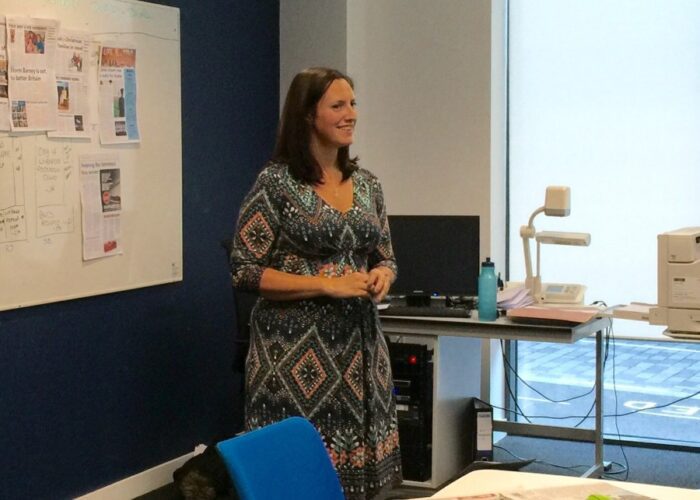
Ecologist Dr Katherine Allen discussed how science is portrayed in the media when third-year specialist journalism students were treated to a guest talk by the University of Liverpool lecturer this week.
Dr Allen believes many journalists incorrectly portray the beliefs and research of the scientific community, and unknowingly do so. This impacts major changes to the daily lives of their readers, she feels.
It was highlighted that a key example of how Britain was affected by incorrect scientific reporting is the coverage of the autism link with the MMR vaccine.
In 1998, newspapers published the conclusions of scientist Andrew Wakefield who found the initial link. After this was sensationalised, the near-eradicated measles disease slowly started to creep back into the population as readers stopped vaccinating their children.
Dr Allen said: “It’s important to be careful about what you’re actually told by scientists. Wakefield’s paper was later retracted by The Lancet. It also wasn’t peer reviewed, and only had a sample size of 12 children in his observations.
“It’s important to ask questions. Scientists wont always give you a straight answer as there is lots of uncertainty in science. We’re used to using complex words and explaining our scientific conclusions.
“It’s also really hard for scientists to write a press release. We’re just not used to simplifying our points. Also our conclusions always come at the end, but for news it comes at the beginning.”

Balance is also an issue for scientific reporting and the media, according to Dr Allen. OFCOM requires broadcasters to balance news coverage and opinions, but this doesn’t always reflect the views of the scientific community.
Dr Allen added: “On one side of the story you may have a doctor who represents hundreds of scientists and years of research, but for balance, you also give equal weight to someone of a different, mainly minority, opinion. You have to have a responsible viewpoint.”
Spending most of her time researching from behind a desk, Dr Allen enjoyed urging students to dig a little deeper in their scientific reporting.
She told JMU Journalism: “Coming here and finding out how journalism students pick their headlines and how they would report a scientific story is very interesting.
“If you find a scientific story, call the scientist up and see if they will talk about it. I’m trying to encourage you to start that dialogue. You may even get a better scoop.”

